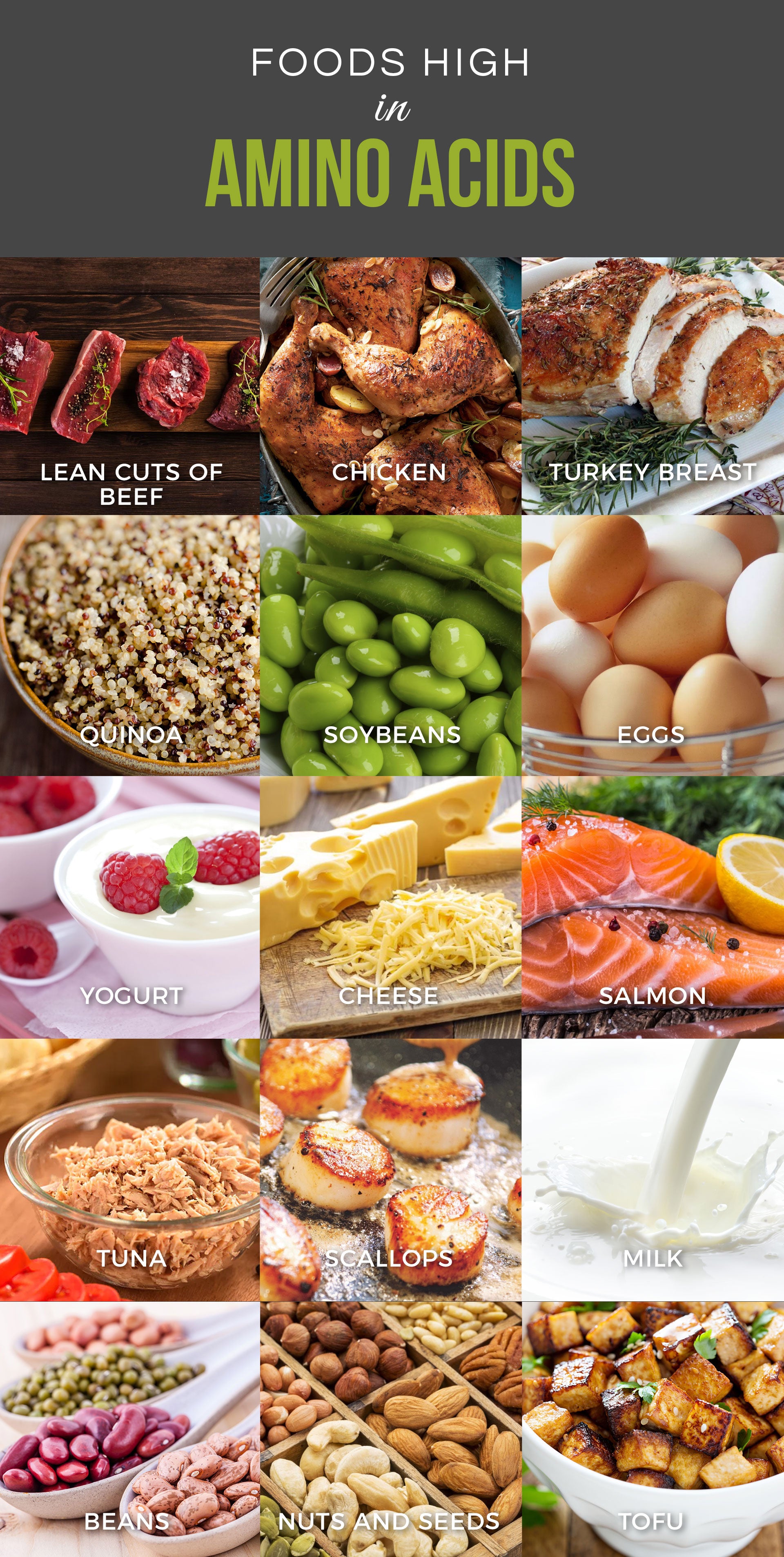Amino Acids and Muscle Recovery After Exercise
 By: by Amino Science
By: by Amino Science

If you’re a fitness enthusiast, you probably tend to focus much more on the doing—sprinting, lifting, contracting—than on the process of recovery. However, if you don’t allow your muscles to recover, you can’t perform, compete, or train at your best. For just as our brains process information and create and consolidate memories as we sleep, so, too, do our muscles resynthesize, recalibrate, and grow when we rest. But did you know that you can also accelerate muscle growth during recovery by boosting muscle protein synthesis with amino acid nutrition? If you’re interested in increasing both muscle mass and exercise performance, come with us as we explore the fundamental relationship between amino acids and muscle recovery.
What Happens to Muscle During (and After) Exercise?
Every time you engage in exercise your muscles aren’t used to, some muscle damage occurs. And whether you’re an endurance athlete or into strength training, this unfamiliar stress leads to microscopic tears in the muscles. You’ve probably noticed the discomfort this causes a day or two after a high-intensity workout. Known as delayed onset muscle soreness (DOMS), this post-exercise pain is the result of the tension muscles experience during eccentric (lengthening) exercises.
Believe it or not, these microscopic tears and the muscle protein breakdown they lead to have to happen if muscle strength and mass are to increase. When muscle fibers are damaged, satellite cells rush in to fuse the damaged fibers together, and this creates newer, stronger, and larger muscle fibers.
Think of satellite cells as stem cells for your muscles. Not only are these precursors to skeletal muscle cells made of protein—and therefore amino acids, the building blocks of protein—but they’re also essential for muscle repair after a workout. Moreover, they stimulate the production of more durable muscle, and this leads to better muscle function.
Amino Acids and Muscle Recovery
According to a 1995 study, muscle protein synthesis (the process of building muscle) is elevated by 50% 4 hours after high-intensity resistance training and by 109% 24 hours post workout. So for the next 24 to 48 hours after intensive exercise, your body needs plenty of protein-rich foods and the amino acids they contain to supply your muscles with the nutrients they need to grow in size and strength.
In other words, amino acids and muscle recovery go hand in hand. In fact, you need all 20 amino acids that make up the proteins in your body for optimal muscle recovery. Eleven of these amino acids are produced in the body, but nine are essential amino acids (EAAs), which means they must be consumed in the diet because they’re not produced in the body.
Increasing protein intake after a workout with the use of a balanced EAA supplement or even protein supplements, such as protein shakes or whey protein—which contain all the EAAs—is an effective way to activate muscle protein synthesis and aid in muscle recovery.
Increasing consumption of EAAs also stimulates reutilization of the 11 nonessential amino acids (NEAAs) for protein synthesis, thereby decreasing their oxidation and resultant increase in the byproducts ammonia and urea, which further aids muscle recovery.
What all this means is that providing your muscles with the amino acid nutritional intervention they require helps keep your muscles protected. The reason for this is that protein is used by the body for almost every biological process, and the majority of that protein is locked up in muscle tissue. So if the availability of amino acids to rebuild the protein lost during muscle breakdown is limited, not only does muscle protein synthesis suffer, but your body also has no choice but to use its own muscle to keep the rest of the machine running.
Branched-Chain Amino Acids and Muscle Recovery
Branched-chain amino acid supplementation has become popular among bodybuilders and other workout buffs to help increase athletic performance. On the face of it, this makes sense, as branched-chain amino acids (BCAAs)—leucine, valine, and isoleucine—make up nearly 35% of muscle tissue and are a source of fuel for the muscles.
However, while this may accelerate recovery from muscle soreness, BCAAs are limited in their ability to stimulate muscle protein synthesis. This is because all the EAAs are required for a complete protein to be produced. In fact, a recent study demonstrated that taking BCAAs alone has either no effect or only a minor one on the rate of muscle protein synthesis.
Why is this?
Research has shown that the availability of all the EAAs determines the rate of muscle protein synthesis. So even if you’re consuming a BCAA supplement after your workout, the rate of muscle building is still going to be determined by how many of the other EAAs are present. This is because you can’t make a complete protein out of just three amino acids, so unless you’re also getting enough of the other six EAAs, the effectiveness of BCAAs will be limited.
In addition, an excess of BCAAs has been shown to disrupt levels of neurotransmitters in the brain. In fact, a 2013 study found that BCAA supplementation, when used in isolation, lowers levels of several important neurotransmitters, including catecholamines, which are necessary for enhanced athletic performance. So to get the most out of your exercise routine—and your muscles—you must consume BCAAs as part of a balanced mixture of all the EAAs.
However, even though consuming both protein and amino acid supplements after exercise can provide important benefits, it’s important to realize that they’re merely supplements to your regular diet. If you really want to give your muscles the nutritional support they need, focus on refueling your body after your workouts with foods that are abundant in amino acids.
Consuming between 0.5 and 0.9 grams of protein per pound of body weight should provide you with the right amount of amino acids to help increase your muscle mass and improve your athletic performance.


Up to 25% off Amino
Shop NowTAGS: exercise
Join the Community
Comments (0)
Most Craveable Recipes




 833-264-6620
833-264-6620



















